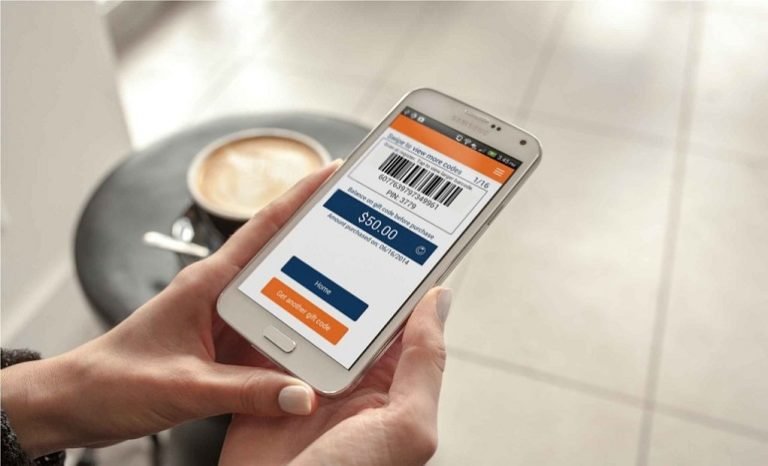
Technology is increasingly impacting the way convenience stores sell gift cards. As a result, c-store retailers are changing their marketing approach to meet this merchandising metamorphosis.
Digital gift card usage is on the rise, and convenience stores that haven’t explored them yet would be wise to take a look.
Digital gift cards — also called virtual gift cards or e-gifts — are simply electronic versions of standard gift cards that can be sent directly to an email address and used online or in-store. They can be loaded with money like a conventional gift card and spent in smaller increments, or used to cover the cost of a larger expense. They can also be added to mobile wallets to make purchases easier and more secure.
Among their other benefits:
- They don’t require the c-store to have any special equipment.
- They can be purchased online through a computer or smart phone.
- They are available 24/7.
- They can be customized.
- Users can leave a personalized message, choose how to send them, and pay online.
- The recipient can receive the gift on a pre-selected date.
- They can’t be lost, and keep accurate track of how much has been spent.
The result is added convenience and increased sales. Merchant-branded digital gifts and cards that offer enhanced features are also gaining in popularity.
Funds not used are retain by the merchant.
Brian W. Carnes, director of information systems/technology for Southwest Georgia Oil Co., Inc., the regional petroleum distributor and convenience store chain based in Bainbridge, Ga., is convinced that digital gift cards are a good idea for convenience stores. “Any vehicle that lets us take payment from a customer is a potential extra sale, plus they promote customer loyalty and return trips.
Carnes advised c-stores to market them through their app and other online platforms. “The people looking at that will be the ones that will purchase and gift them to others.” He sees digital gift cards growing in the c-store space. “That seems to be the natural flow of many things now — payment, loyalty, etc.”
C-stores should expect to see much more of digital gift cards in the months and years ahead. Johnathan Lacy, a 7-Eleven franchisee in Las Vegas, Nev., is also convinced usage will keep expanding. “As cash starts to slowly decrease you will see those people who have bad banking history rely on those cards as a way to pay for essentials.”
Increasingly dependent: Some c-store operators have voiced concerns over just how brick-and-mortar stores can use them effectively. The response to such concerns, said Nathan Ehrlich, chairman of the Retail Gift Card Association (RGCA) in Minneapolis, Minn., is that they can be redeemed in different ways, and not just through phones.
“Yes,” said Ehrlich, “shoppers can pull up c-store egifts on their mobile devices in-store for scanning via an app, mobile wallet, or email. But they can also print them out for redemption just like a physical gift card, or simply pull up the card for manual entry at checkout by a sales associate.” They can also drive foot traffic by advertising upcoming or current instore promotions.
As consumers increasingly rely on their phones, Ehrlich noted, they are becoming more dependent on digital forms of payment, and expect businesses to accept them. “Fortunately, if a c-store can accept physical gift cards they can also accept egifts without having to have additional technology systems in place.”
Offering egifts via their website enables c-stores to empower consumers with multiple channels through which to send them, or to buy them for themselves to help budget or earn rewards. “By offering physical and egift options,” Ehrlich explained, “c-stores widen their selection of payment options for shoppers — helping attract new customers, encourage repeat visits to stores, and drive engagement that can lead to cross- and up-sell opportunities.”
Ehrlich also finds benefits for c-stores offering egifts for quickly sending money to someone for a fuel or food purchase. “The phone makes the transaction quick and smooth, but even if the recipient needs to print out the egift the transfer of funds is still fast and secure.
”Stores can sell egifts to their own stores, called first party gift card programs, or sell them to other retailers as third-party programs. “Either way, well-run egift programs can be a boon for brands looking to expand customer reach.”
As more consumers rely on mobile apps and online shopping, c-stores can tap into new revenue streams by meeting people where they are shopping with versatile items they want and need. “Offering them allows c-stores to expand the assortment of products available for sale,” Ehrlich said.